The top 17 things to do in Utah, from hot springs to bouldering

Jul 10, 2025 • 9 min read

The grove of quaking Aspens that make up the world's largest tree, Pando. Layne V. Naylor/Shutterstock
Utah is the perfect destination for lovers of the outdoors, and the state's hiking, mountain biking and winter sports are top notch. With five national parks, seven national monuments and endless other public lands and state parks, it can be hard to boil your must-sees down to a manageable list.
You can tick off all of Utah's national parks, delve into the state’s Mormon pioneer history, kick back in a hot spring or sample some craft brews. Regardless of where you start, it'll likely take more than one trip to experience the best things to do in Utah.
1. Wander through the world’s largest tree at Fish Lake
Tucked into a high mountain basin between Capitol Reef and Bryce Canyon national parks stands Pando, the world’s largest known tree. Pando is a massive grove of quaking aspens linked underground by a single root system. Each of the trees' 40,000-plus stems looks just like an individual tree, but they are genetically similar to one another.
Planning tip: Visit in fall when Pando’s leaves turn a brilliant golden yellow or in summer when you can also swim and fish at Fish Lake.
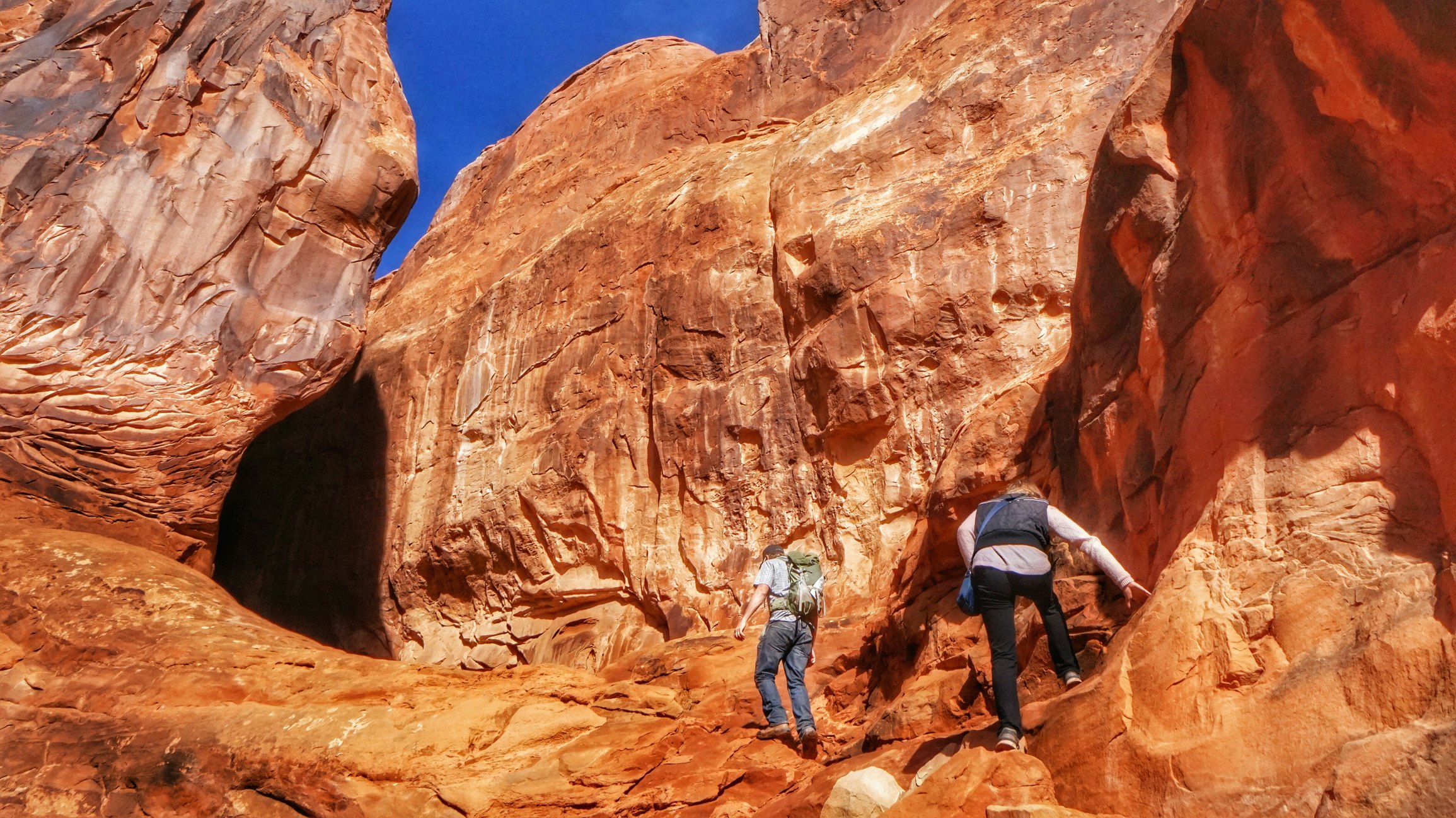
2. Find your way through a giant rock maze at Arches National Park
Delicate Arch and Park Avenue are definite must-sees in Arches National Park, but for a more intimate experience, hop on a ranger-led tour of the Fiery Furnace, a maze-like canyon of narrow passageways, sandstone fins and other interesting rock formations. The tour does require a good level of fitness, so make sure you’re comfortable squeezing through narrow canyons and hoisting yourself up and over large rocks before you sign up.
Planning tip: In order to manage ever increasing visitor numbers, Arches National Park is trialling a timed entry system for certain months in 2025. Check your dates before you travel to ensure you have all the correct tickets to enter.

3. Glimpse an enormous work of art at Great Salt Lake
Jutting out into Great Salt Lake at its northwestern shore in a coiled fashion, the Spiral Jetty is a massive work of art made entirely of mud, salt and basalt rocks. It was created in 1970 by Robert Smithson, an American artist famous for his land art. Hike up the hill near the parking area for the best spot for photographing the sculpture in its entirety. Stay for sunset to watch the colors reflect off the shallow waters of this unique saline lake.
Planning tip: Visitors to the site are encouraged to "leave no trace" in an effort to preserve the artwork. Removing any stones from the area is strictly prohibited.
4. Sample unique craft spirits inspired by the Utah landscape
Utah has a reputation for being a bit dry when it comes to wine, beer and spirits thanks to the state’s predominant religion, the Church of Jesus Christ of Latter-Day Saints (previously known as the Mormon Church), which formally forbids members from consuming alcohol. But despite some quirky liquor laws, you can get a drink in Utah, and the mountains, deserts and culture of this scenic state have inspired a burgeoning craft beverage scene.
If you want to try a Utah beer, make it a Polygamy Porter, brewed at Park City’s Wasatch Brewery. Also in Park City, try High West Distillery’s Valley Tan, a style of whiskey originally concocted by Mormon pioneers. In the southern part of the state, stop by Etta Place Cidery, a small craft cider maker that showcases the flavors of their red rock desert orchards.

5. Journey through Zion National Park’s underground passageway
The Subway is one of Zion National Park’s most popular backcountry canyoneering hikes – and for good reason. This uniquely shaped slot canyon resembles the tunnels of a subway system and is a gorgeous site to photograph. A permit is required to do the hike, as well as some technical know-how depending on which route you take. The trail is intense and requires scrambling down waterfalls and even some swimming through deep, green pools.
Planning tip: A lottery system is used to allocate the ever-popular permits to hike the Subway. You'll need to apply months before a planned visit and cross your fingers.

6. Delve into LDS church history at Temple Square
Temple Square in Salt Lake City is the headquarters of the Church of Jesus Christ of Latter-Day Saints, and it’s the most visited attraction in Utah, clocking in even more visitors than Zion National Park. The Temple itself is considered sacred and is not open to the public, but visitors are welcome to tour the grounds, browse the exhibits at the Family History Library and catch a free live performance of the Tabernacle Choir.
Planning tip: For a fantastic view of downtown Salt Lake City, venture up to the top floor of the Joseph Smith Memorial Building.
7. Dive into a giant crater at Homestead Resort
Located at the Homestead Resort in Midway, the Homestead Crater is one of Utah’s most unusual attractions. It’s a geothermal spring hidden underneath the cover of a 55ft limestone dome. You can swim, paddleboard and snorkel in this underground cave, or if you prefer staying dry, go on a geology tour.
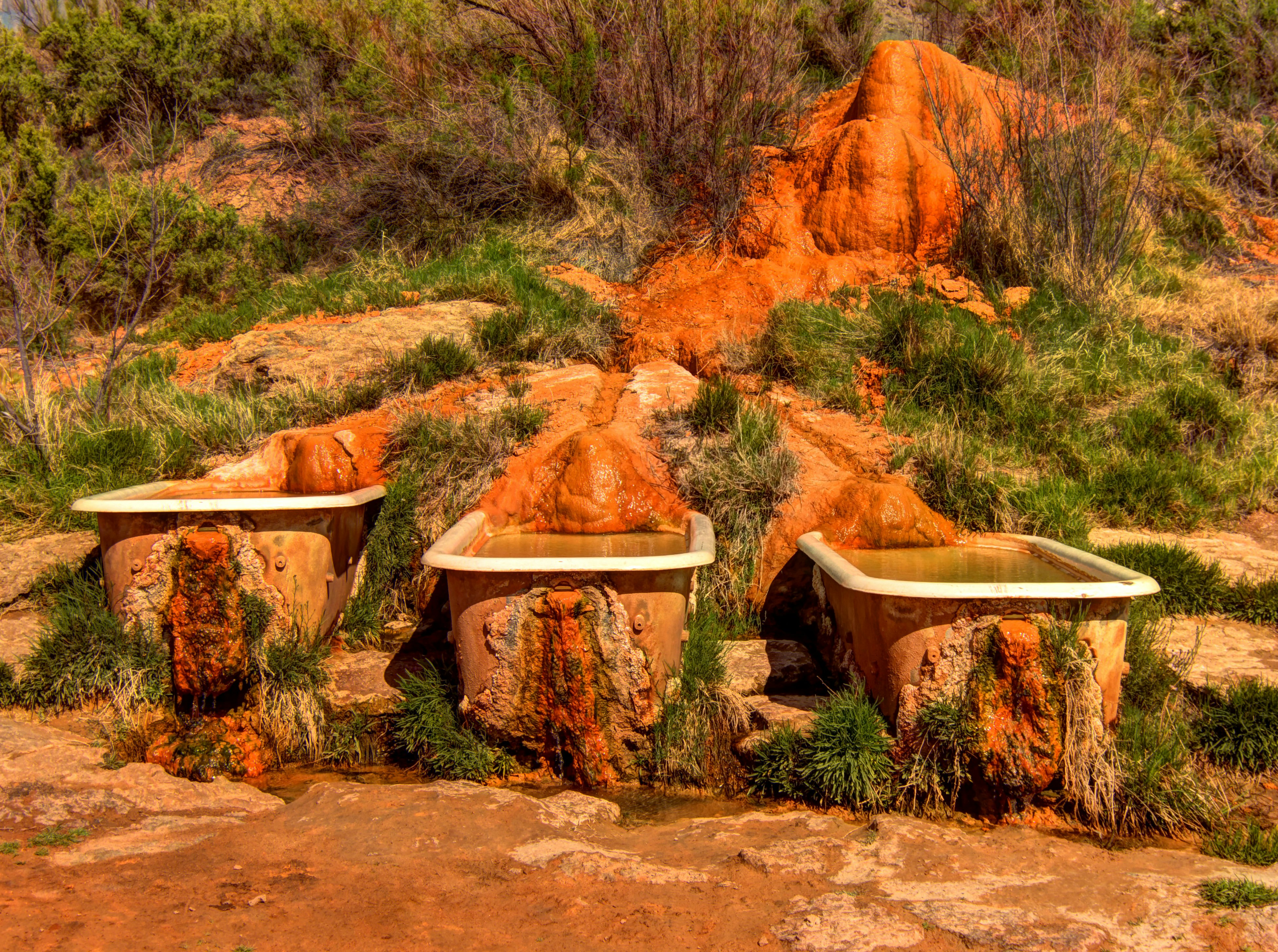
8. Soak in a bubbling bathtub at Mystic Hot Springs
Stopping by Mystic Hot Springs in central Utah for a soak in one of the vintage clawfoot tubs is quite the experience. Each tub is tucked into brightly colored orange mineral formations and filled with pure mineral water piped in from a nearby hot spring. You can also soak in one of the several large pools and stay overnight in a fleet of converted old school buses.
Planning tip: Book your soaking pass online before arrival to avoid disappointment. The tubs and pools are routinely drained and cleaned to ensure they're kept sanitary for every visitor.
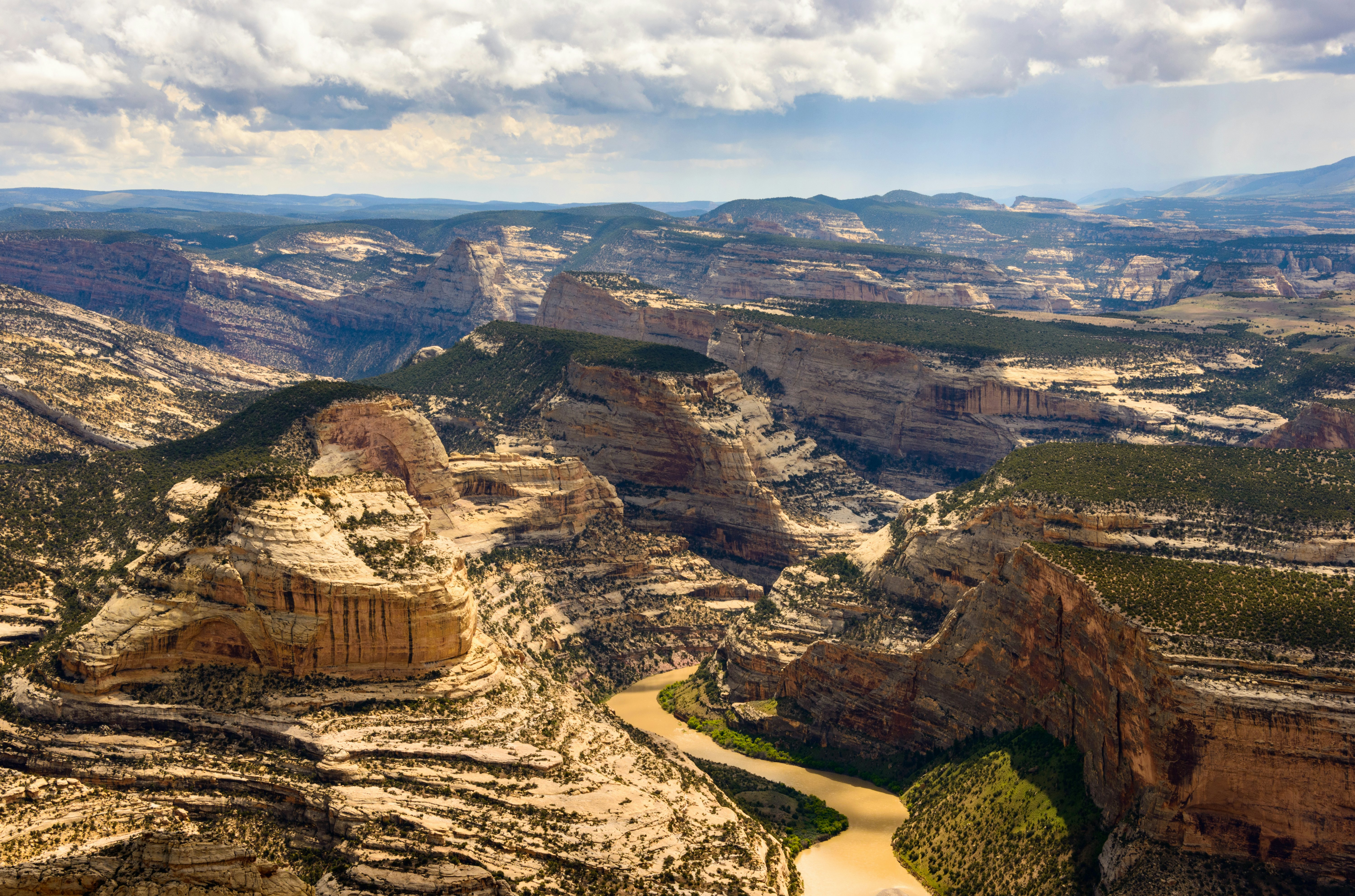
9. See stegosaurus fossils at Dinosaur National Monument
Dinosaurs once roamed the wilds of Utah, and one of the best places to see them is at Dinosaur National Monument in the northeastern corner of the state. Don’t miss the “Wall of Bones,” a huge rock layer chipped away to reveal thousands of dinosaur bones frozen in time in their original resting place.

10. Help yourself to the fruits of Capitol Reef National Park
When the first settlers reached the rugged but fertile Fremont River Valley in the late 1800s, they planted thousands of fruit trees for both sustenance and income. Capitol Reef National Park now maintains the orchards as a monument to the pioneer lifestyle, and visitors are welcome to pick the apples, peaches and apricots during harvest season.
Planning tip: While you’re there, stop by the historic Gifford Homestead for a locally baked pie or homemade ice cream. Make sure to get there early in the day because the freshly baked pies sell out quickly.

11. View a bizarre sculpture garden in Salt Lake City
Tucked between new condo buildings and retail developments, the Gilgal Sculpture Garden in Salt Lake City is a wondrous little public park filled with curious sculptures such as a sphinx with the head of Joseph Smith, the founder of the Mormon church, and stones engraved with cryptic scriptures and literary texts. The sculptures were created by Thomas Battersby Child, Jr, in the mid-1900s, and nobody quite knows what they mean.

12. Squeeze through slot canyons in Grand Staircase–Escalante National Monument
Hiking one of the Grand Staircase–Escalante's many narrow slot canyons is one of the best ways to experience this rugged and remote region of Utah, which makes up much of the wild red rock landscape between Bryce Canyon and Capitol Reef national parks. Many of the slot canyons in Grand Staircase–Escalante National Monument require technical skills, but several, such as Spooky and Peek-a-boo Gulch and the Willis Creek Narrows, require no ropes and are great for families.
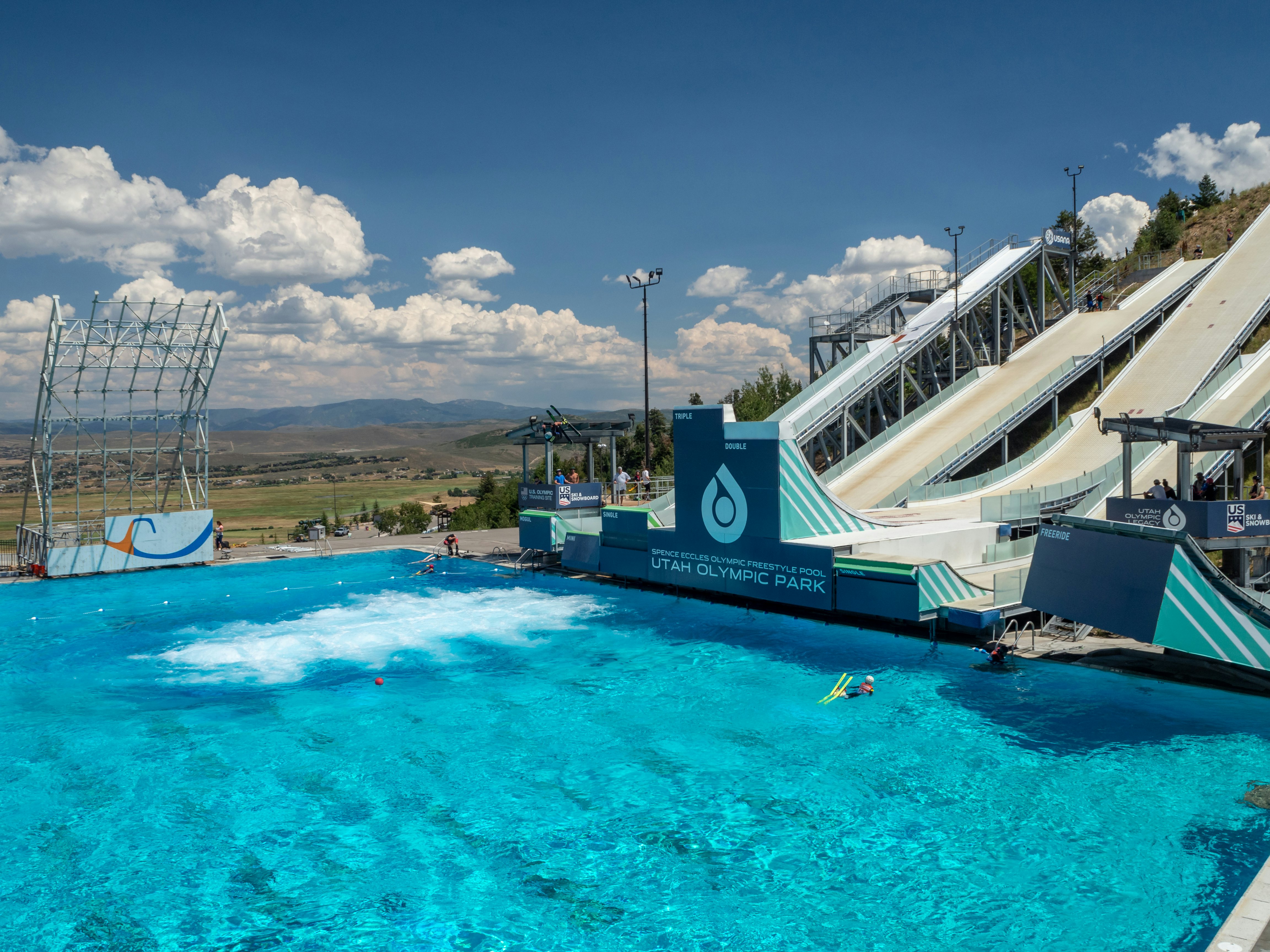
13. Feel like an Olympian for a day at Utah Olympic Park
Park City’s Utah Olympic Park still bustles with the energy and excitement of the Salt Lake City 2002 Olympic Winter Games. The park hosted the bobsled, skeleton, luge and ski jumping events in the 2002 games and acts as a training center for future Olympians today. Visitors can take a once-in-a-lifetime ride down the bobsled course, slide down the landing hill of the Nordic ski jump in a tube or hear the stories of local Olympians' amazing achievements.
Planning tip: If you're a big fan of the Olympics and want all the insider info, book a place on a guided tour for $20.
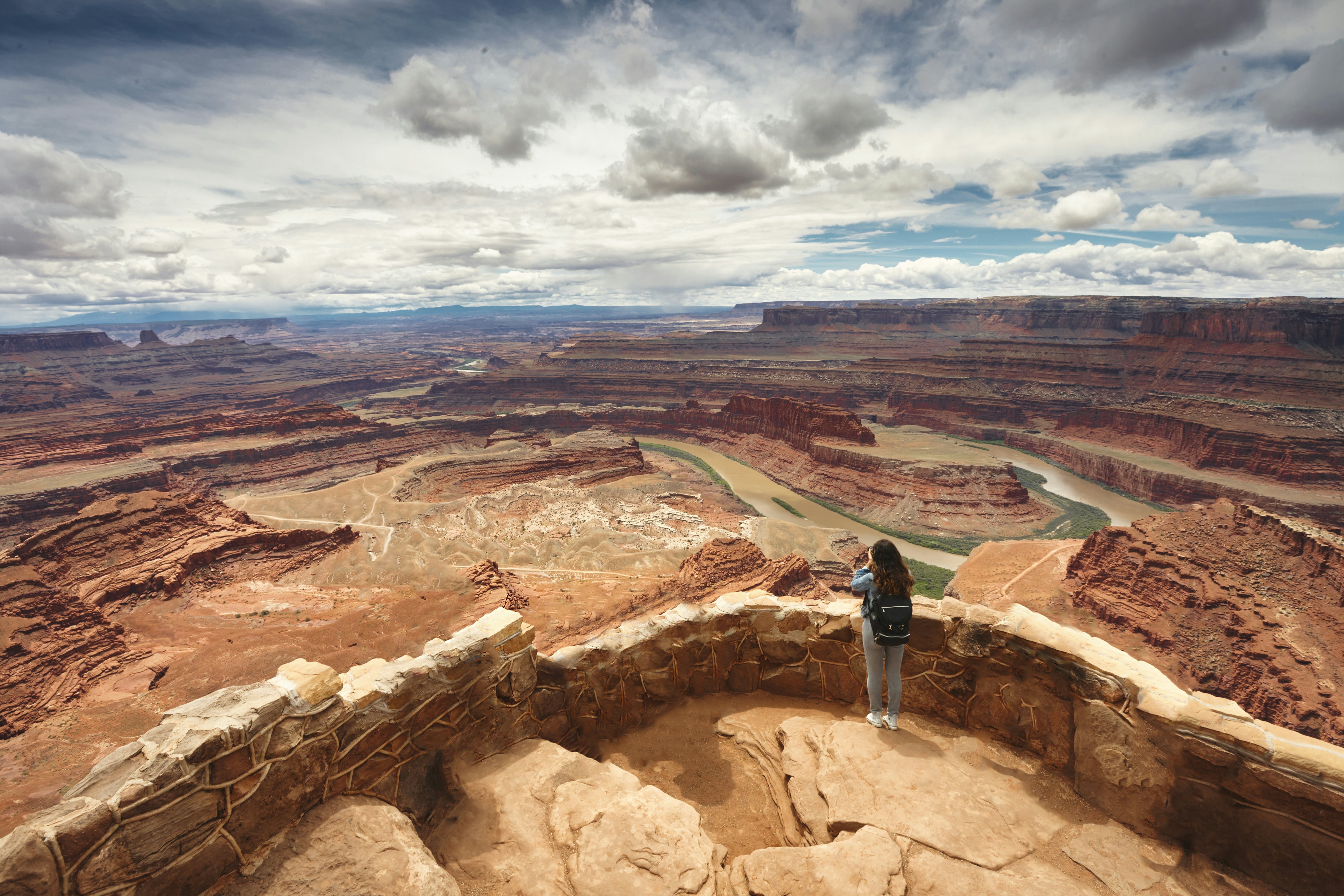
14. Enjoy Utah’s best view at Dead Horse Point State Park
Enjoy red rock desert views that rival those of neighboring Arches and Canyonlands national parks without the crowds at Dead Horse Point State Park. Towering 2000ft above the Colorado River, Dead Horse Point offers spectacular views of the maze-like canyons and winding river down below. The park also offers a huge range of hiking and mountain biking trails, many of which are dog friendly, unlike in the national parks.
Planning tip: This site is a particular favorite for fans of the silver screen as it was included in the opening scene of Mission Impossible II and the iconic ending of Thelma & Louise.
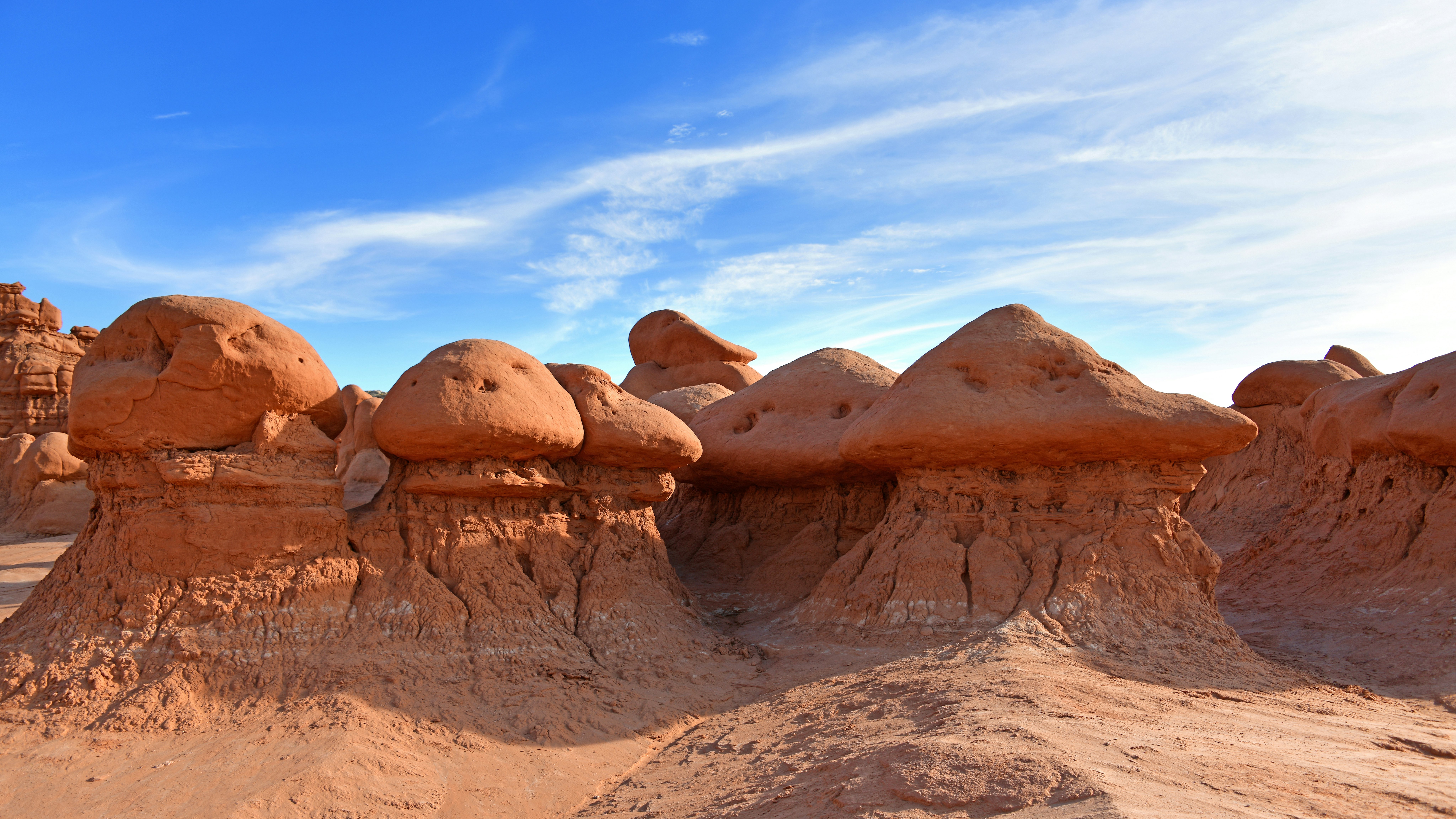
15. Get spooked by the monster-shaped rocks at Goblin Valley State Park
Goblin Valley State Park is an eerie and arid landscape covered with thousands of sandstone rocks eroded into creepy goblin-like formations. The goblins are geological formations called hoodoos and were carved by wind and water over millions of years. Several miles of marked trails wind through the maze of monsters, but visitors are welcome to wander anywhere in the park off-trail as long as they respect the fragility of these structures.
Planning tip: The park can get exceptionally busy at weekends and during holidays. Visit early in the morning or during late afternoon to avoid the crowds.
16. Ski the state’s lesser-known slopes
The ski resorts of Park City and Salt Lake City are some of the most popular in the country, but there’s another, lesser-known spot that's a great alternative for those with less cash to splash – Brian Head Resort. Located in Dixie National Forest, it's a winter wonderland just a short drive from Zion National Park in the middle of Utah’s red rock desert territory. Here, you can enjoy downhill skiing and snowboarding as well as cross-country skiing, snowmobiling and tubing.
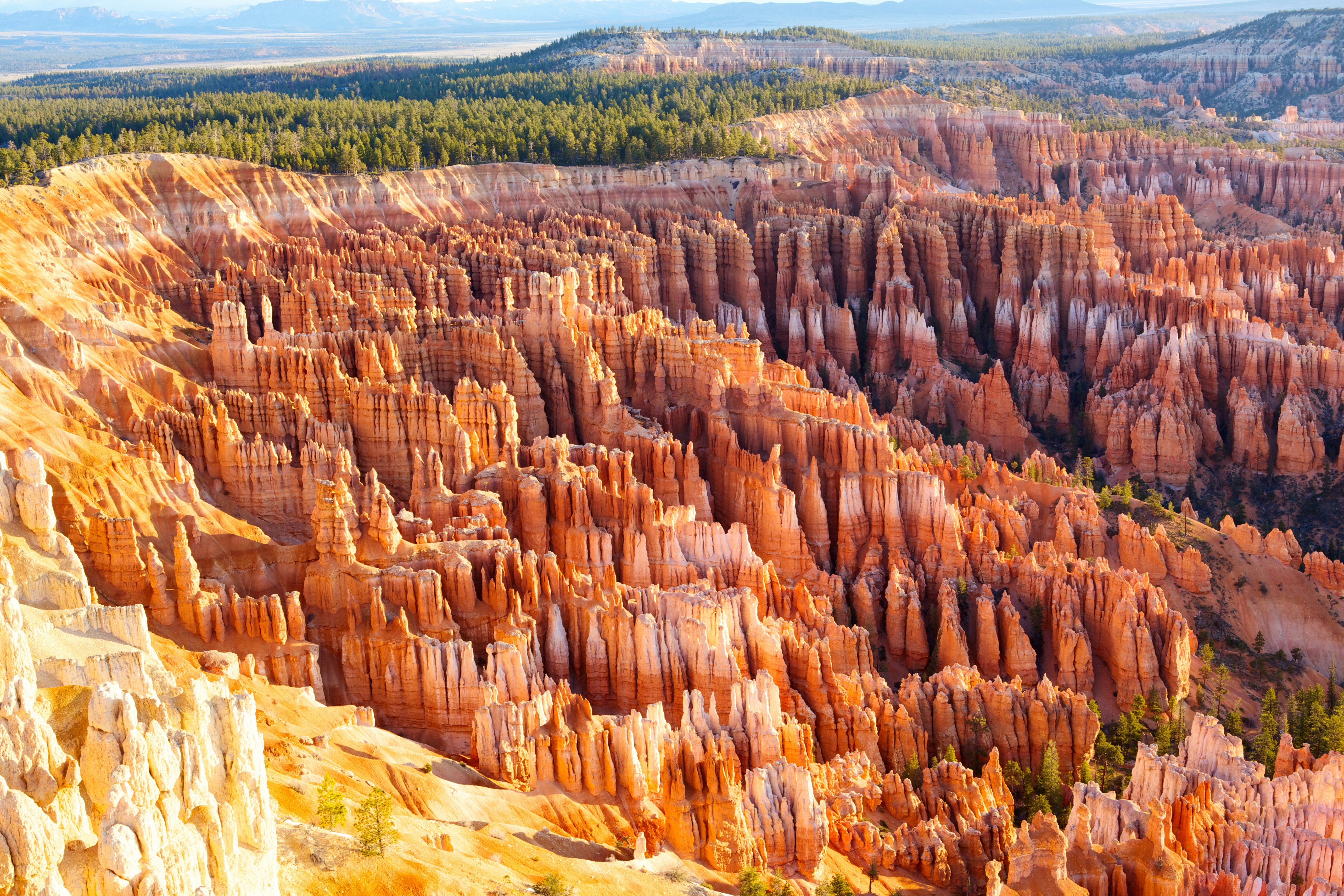
17. Walk the rim of a natural amphitheater in Bryce Canyon National Park
Zion’s lesser-known neighbor, Bryce Canyon National Park, has a massive natural amphitheater at the center. This giant bowl is filled with thousands of hoodoos, stacks of rocks weathered by wind and rain that are perched all around the walls and along the ground.
For an even more unique experience, make the trip during the winter months. Rent cross-country skis from Ruby’s Inn, make your way out of the parking lot and down the marked path, and you can ski right into the park. Most roads and trails aren’t cleared during this time of year, so your only access option is skis or snowshoes. The combination of the intense quiet caused by a lack of visitors and the sound-absorbing snowfall, and the contrast of the white dusting across the vividly red rocks is magical. Bring your camera.



